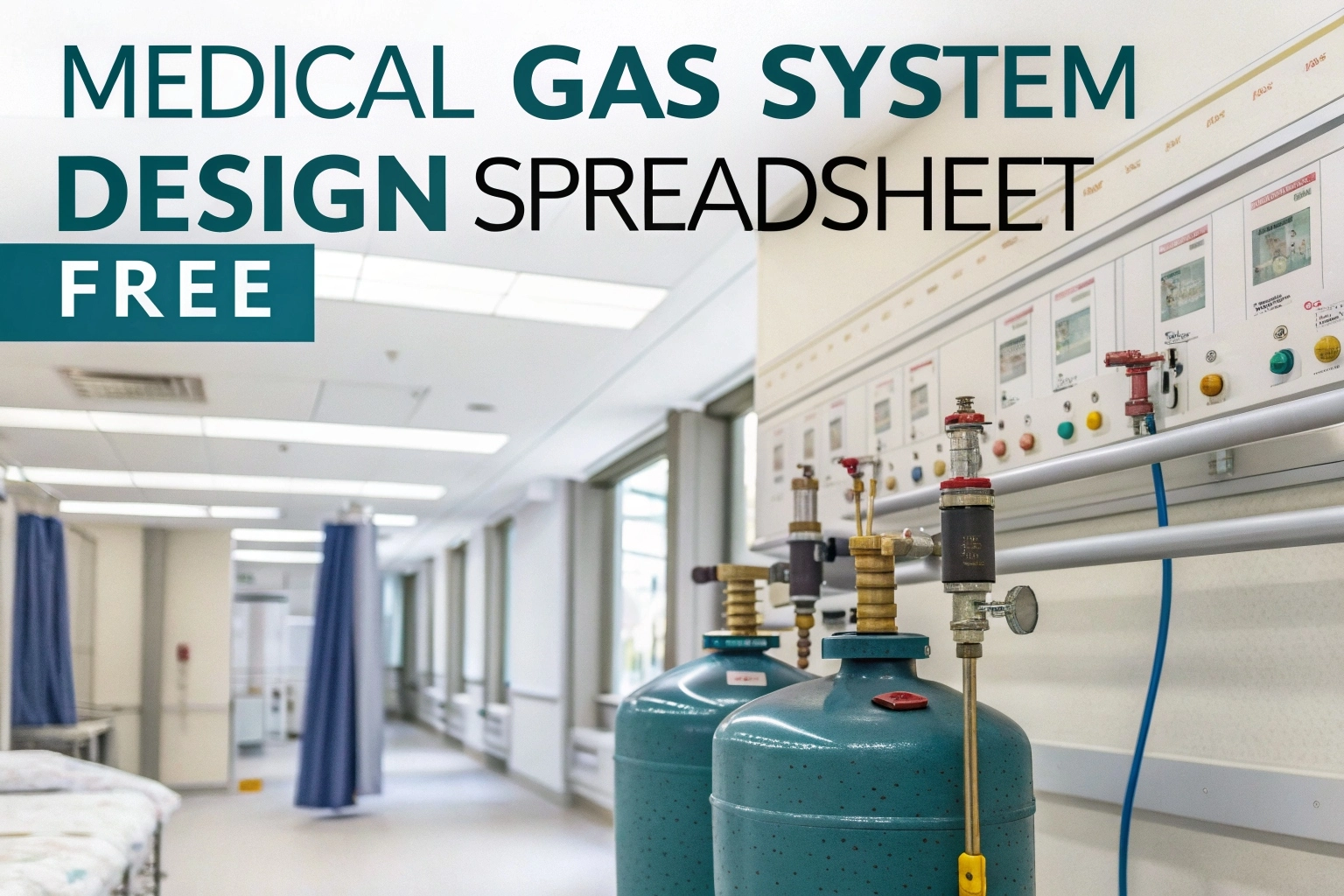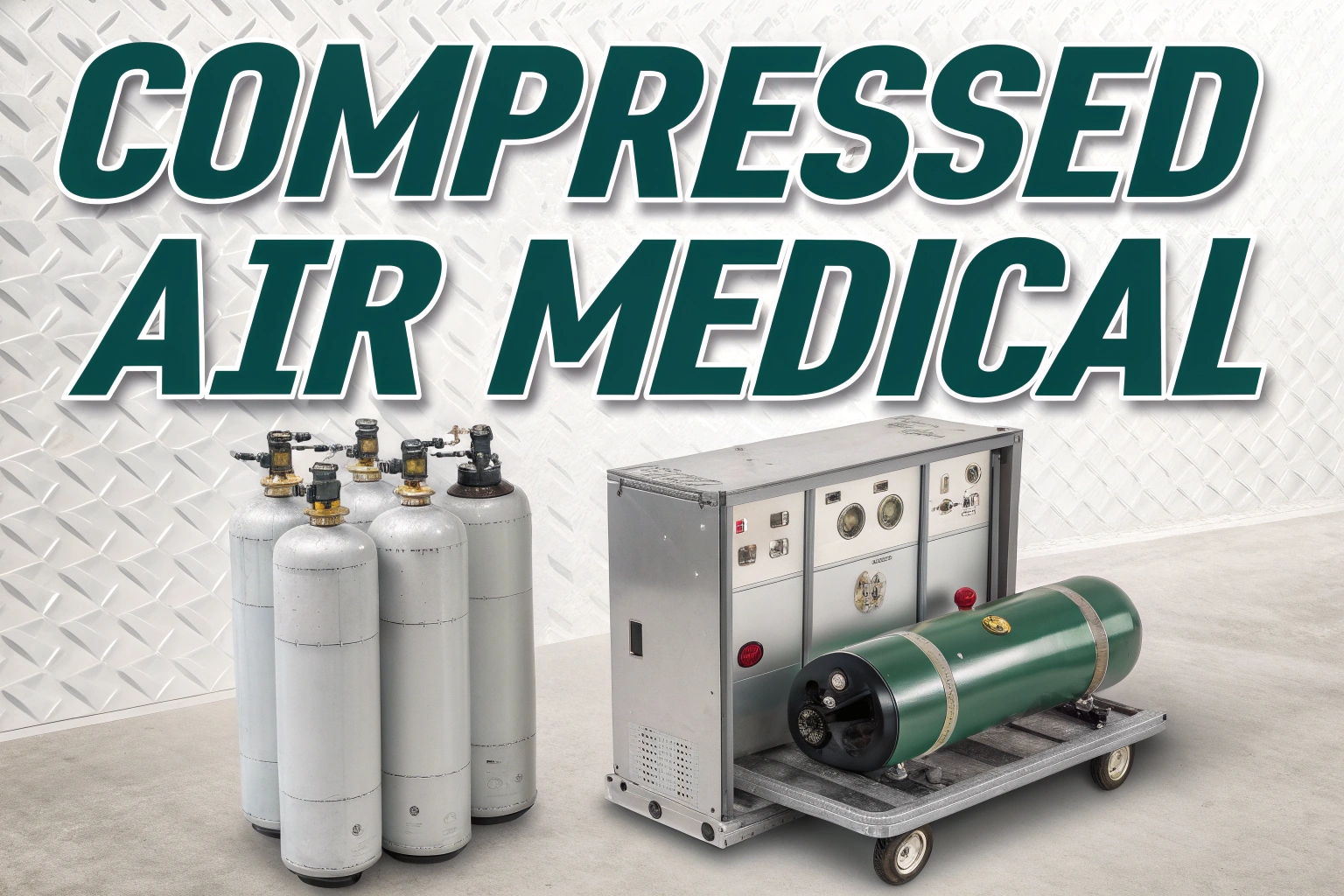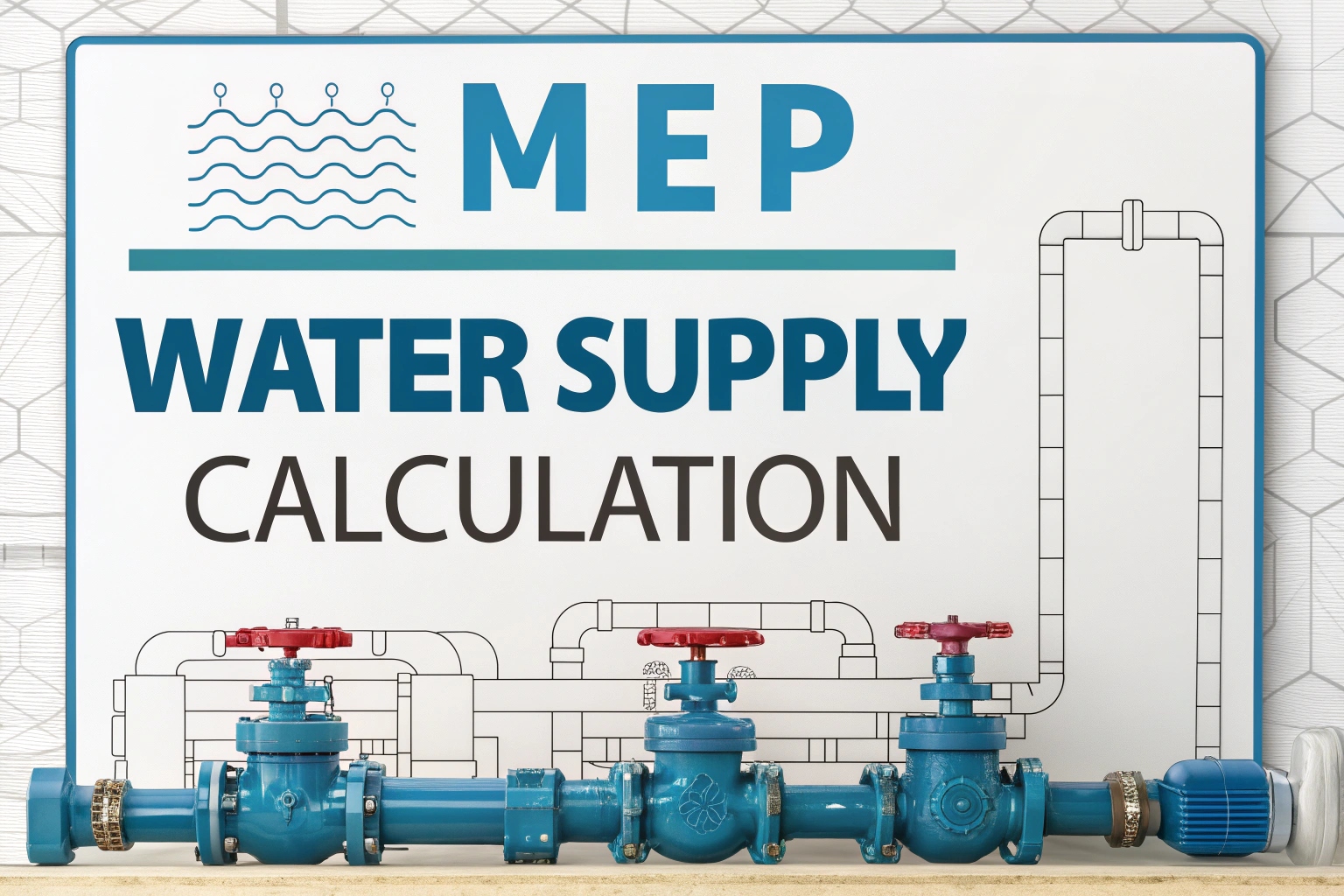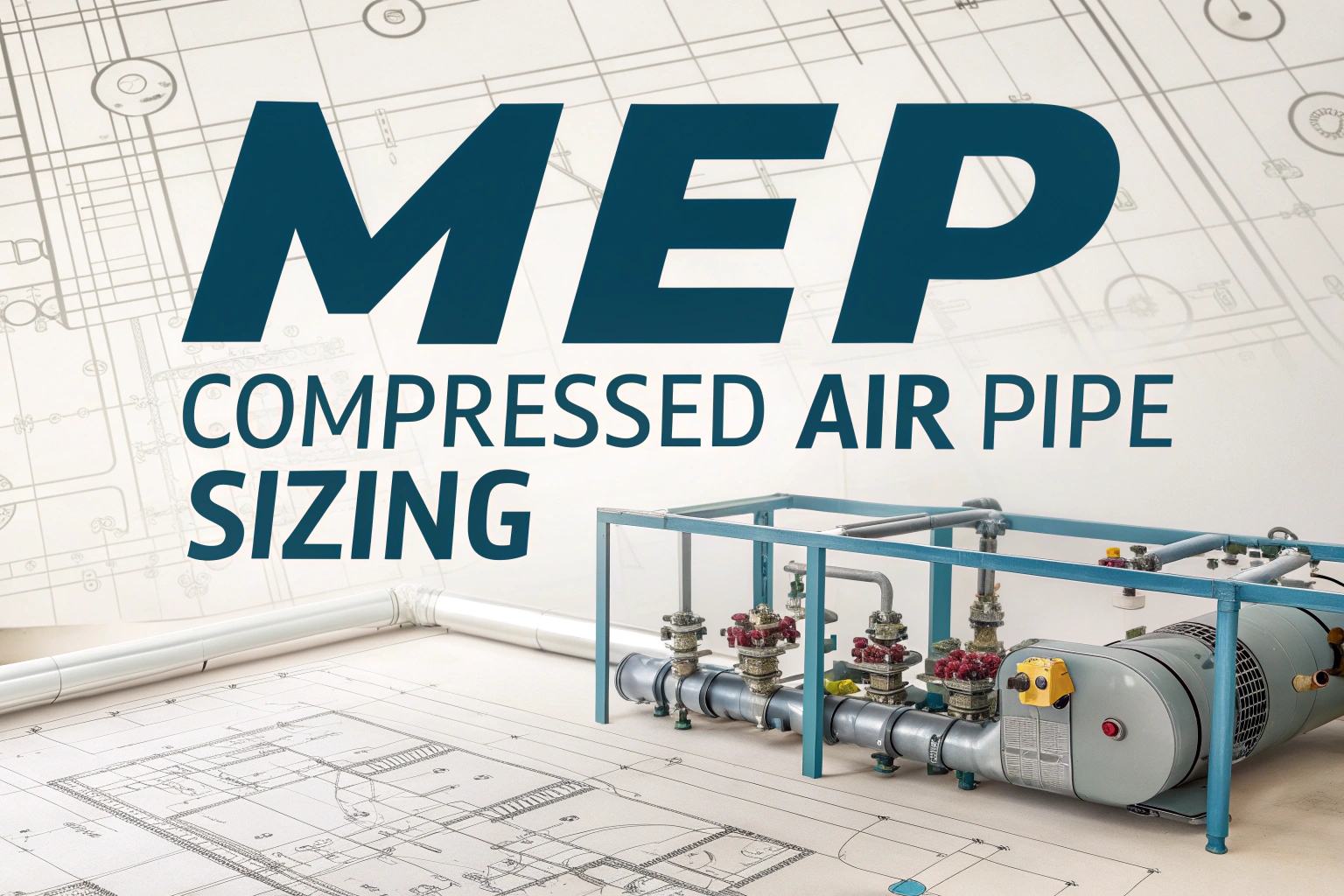Medical Gas System Design: Designing medical gas system is technique which is used to by designers to make precise calculations for pipe sizing and flow rates and pressure drops. they obtains medical gas system design using multiple techniques one of the most common technique is downloading free spreadsheet , using formulas and charts and sizing pipelines. they Use spreadsheet to size pipelines and components for oxygen, medical air, vacuum and other gases on the sites like hospitals, clinics etc. this is completely necessary all over the world and still its very complicated.
Key Features
- Pipe Sizing
• Enter outlet demand in L/min or SCFM.
• The sheet applies NFPA 99 or HTM 02-01 tables.
• It then recommends minimum pipe diameters. - Pressure-Drop Calculations
• Uses the Darcy-Welsbach formula for accuracy.
• Includes losses for elbows, tees, and valves. - Receiver & Manifold Sizing
• Calculates storage receiver volume for peak loads.
• Sizes cylinder manifolds to meet backup demands. - Alarm & Vacuum Checks
• Verifies alarm pressures for central monitoring.
• Checks vacuum pump capacity and piping. - Dynamic Units & Code Compliance
• Toggle between metric (mm, L/min) and imperial (in, SCFM).
• Preloaded demand factors per NFPA 99, HTM 02-01, ISO 7396-1
Medical Gas System Design: How to Use
- Download & Enable Editing
First, open the Excel file and allow editing and macros. - Enter Outlet Data
On the Loads tab, list each outlet type and its flow rate. - Select Code & Units
Next, choose NFPA or HTM sizing and pick metric or imperial units. - Review Pipe Sizes
Go to the Piping tab to see calculated diameters for mains and branches. - Check Pressure Drops
Then, the Friction Loss tab shows head-loss results for each run. - Design Receivers
Finally, on the Storage tab, size bulk receivers and manifolds. - Export Summary
Use the Summary tab to generate a printable report for submissions.
Why Choose This Tool?
- Simple & Fast: The spreadsheet automates complex formulas.
- Accurate: Built-in code tables prevent manual errors.
- Comprehensive: Covers everything from pipe sizing to alarms.
- Flexible: Adapts to different gases, units, and standards.












